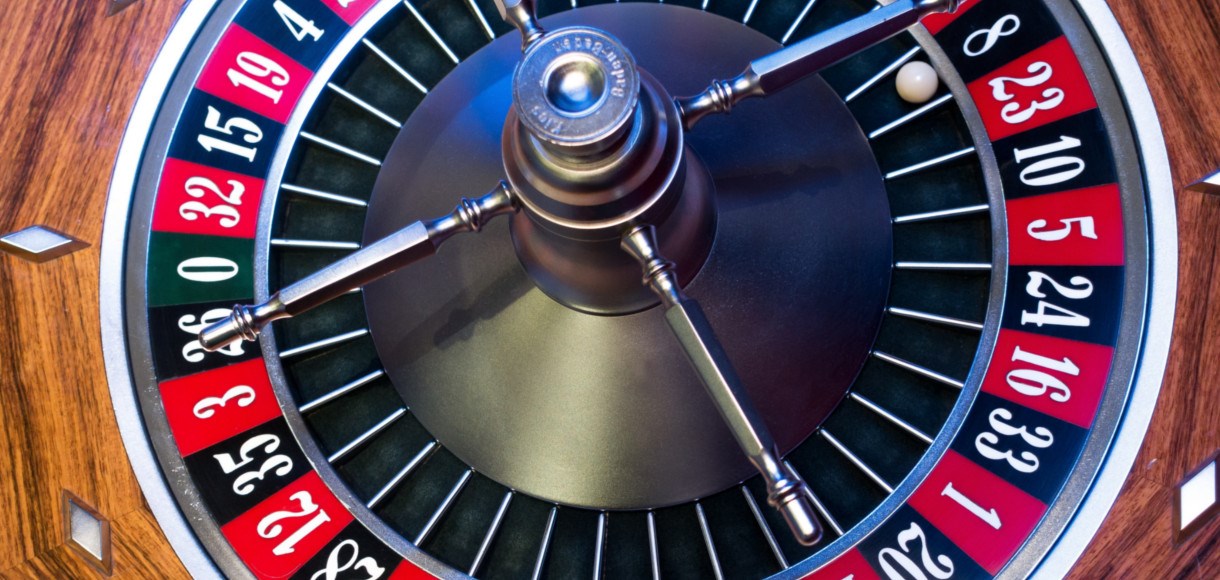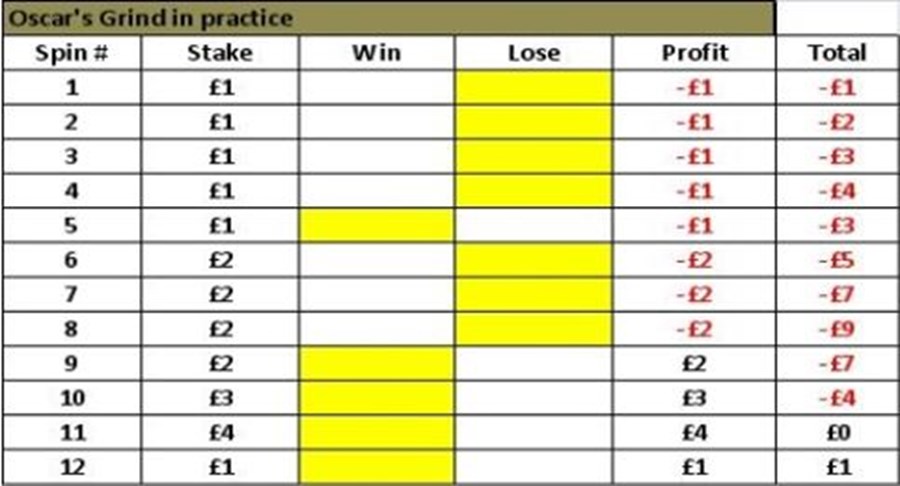Roulette strategy 101: What is the Oscar's Grind system?

Can a simple even-money roulette system improve your online roulette experience? We explore the Oscar's Grind plan to find out.
Casual online roulette players are always intrigued by whether a betting system will work for them.
Is the Martingale too risky in the event of a downswing? Are the stakes too high in the Paroli system? Do the maths of the Fibonacci system add up or not?
It is the 16th-century Paroli system that we look to for the 'Oscar's Grind' plan. Devised in the late 1960s, Oscar's Grind offers a similar structure for players, and avoids the massive risks of a negative progression system like the Martingale.
But does Oscar's Grind work in practice when playing online roulette? Let's take a closer look.
What is the Oscar's Grind betting system?
Oscar's Grind is a low-variance roulette betting system discovered by author Allan Wilson in the 1960s. Wilson's book, Casino Gambler's Guide, explored how computers were being used to "crack" popular casino games like roulette.
Of course, there was still room for an old-school betting system based on mathematics.
Wilson was interested in probabilities - in roulette's case, the likelihood of when numbers appear on a wheel - and he took interest in a system devised by an anonymous gambler known only as 'Oscar'.
Like the Martingale, bets in 'Oscar's Grind' are made only on the outside areas that pay 1/1. These include Red/Black, Odd/Even, and 1-18/19-36. The "grind" is a key word in this betting plan: you won't get rich at roulette playing the system but over time you may make some modest profits.
Oscar's Grind in practice
Oscar's Grind is simple progressive betting system for beginners and casual roulette gamblers. Starting at a unit stake - say, £1 - an even-money bet is placed on the roulette layout.
If your bet loses, your following bet remains the same. If it loses again, don't panic: your stake remains the same. However, if you hit a winning even-money spin AFTER a loss, your bet increases by one unit.
Your stake stays the same until you make a profit, at which point the bet returns to its original one-unit stake.
However, if you hit a run of losing spins and then a win (and you are making a running loss), you increase your bet to 3 units, and so on.

Advantages & disadvantages of the Oscar's Grind plan
The Oscar's Grind is perhaps closest in structure to the Paroli system.
In the Paroli, the bet increases by one unit in the event of a win. After just three winning roulette spins, the stake reverts to the original unit.
In both systems, there is no increase in risk in the case of a losing spin. The stake simply remains the same until a winning spin hits.
The advantage of the Oscar's Grind is that it keeps the losses to a minimum. Of course, the profits are kept to a minimum as well. In our example above we have made a modest profit after 11 games, even with seven losing spins of the roulette wheel.
But even if we had endured a big downswing, the stakes don't get out of hand.
The downside of the Oscar's Grind is in the name: the system is a complete "grind" from start to finish. Once a profit is made, even small, the stakes reset. It gives the player a lot more time to gamble and "keeps them in the game", but they likely won't see many huge wins.
Of course, we always have to remember the house edge. Even if you stick to a low house edge game like French Roulette or European Roulette, the odds of the game are always against you.
Over the long term, European Roulette has a house edge of 2.7% on the outside bets. That means that for every 97.3% paid back to players, the remaining 2.7% is taken by the casino.
For American Roulette, the edge is even higher at 5.26%.
Using Oscar’s Grind system when playing online roulette
The Oscar's Grind can be just that: a big grind in order to make modest returns. But with small stakes it can be fun to give the system a try.




































